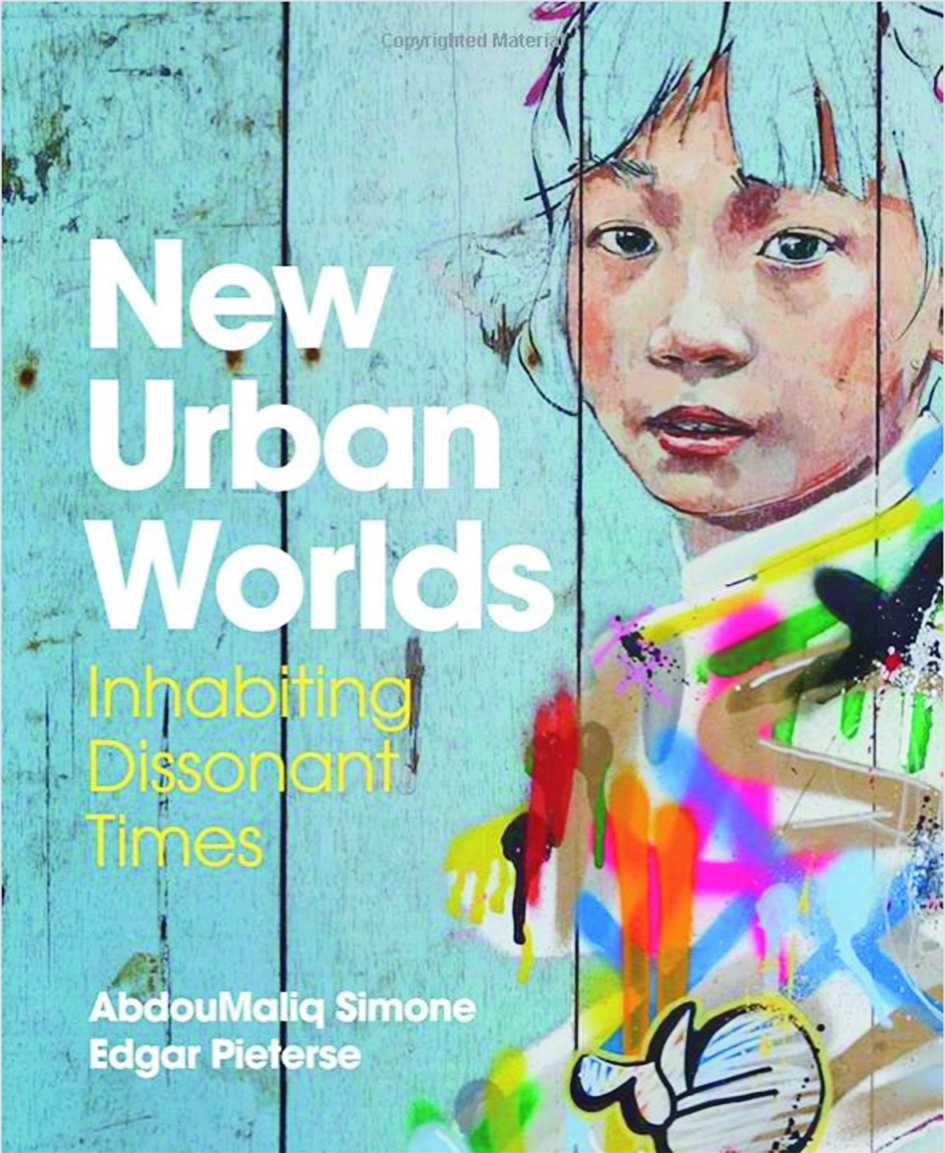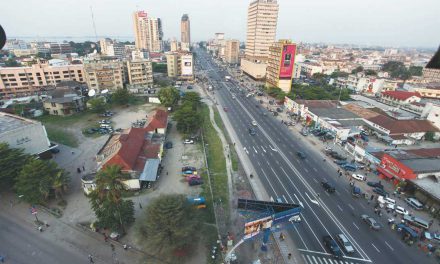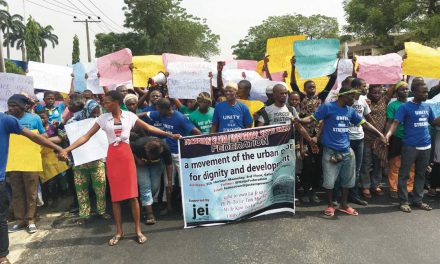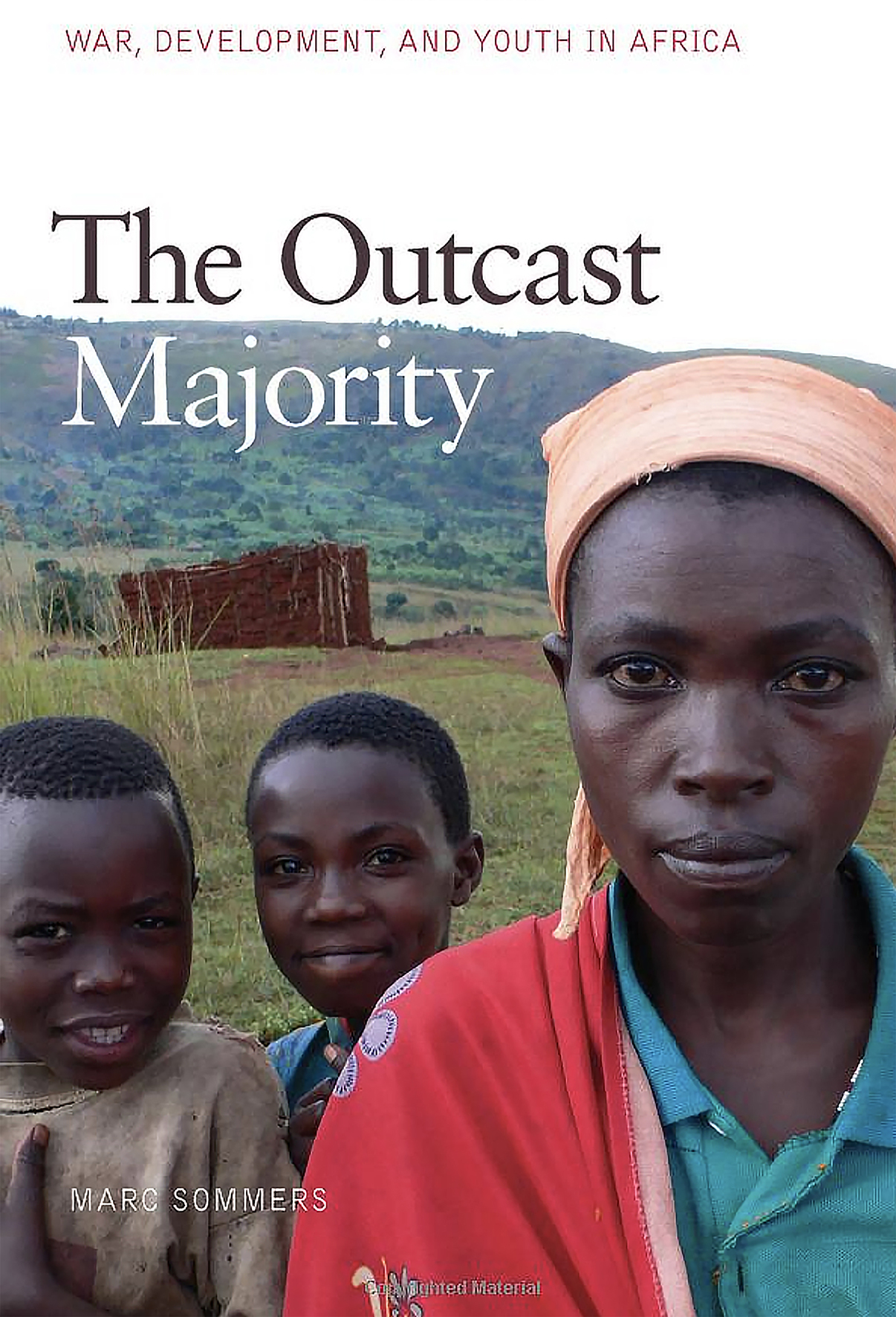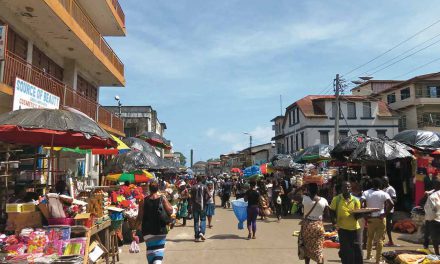New Urban Worlds: Inhabiting Dissonant Times by AbdouMaliq Simone and Edgar Pieterse, Polity Press, Cambridge, 2017
Simone and Pieterse are passionate “rogue scholars” who want to make cities more responsive to the needs of the majority of their residents, the poor and unemployed. In setting out to do so, they examine patterns of urbanisation in cities of the former Third World, with their myriad forms of formal and informal housing, as well as their many forms of life.
Many planners dream of transforming the growing urban conurbations of the global south into metropoles like those of the developed world, but the authors argue that this approach is simply unrealistic. The newer cities of the world will never be like New York or London. But while they are realists, they also believe in the agency and imagination of people everywhere. Theirs is not the agency of grand narratives, but rather of people going about their everyday routines – the circuits they maintain, create or reject, and the places where they do so.
One way to understand this book is to see it as a post-Marxist exercise in coming to terms with the real and imaginary forces and flows that exist in real-life, real-time African and Asian cities. As realists they see the inhabitants of the new cities as ordinary people who may be caught between extremes, such as fundamentalism and xenophobia, but who have to “put noodles on the table”. They attempt to “avoid any kind of overarching theoretical story about urbanisation processes”.
Above all, they argue for humility. Cities are like black holes, they say: they are complex, indeterminate entities that resist being known and therefore resist planning, calculation and manipulation.
States in Asia and Africa tend to engage in planning that is formulaic, based on assumptions suited to developed cities. Instead, the authors argue, planners and policymakers in the global south should take the actual measure of each city, acknowledge the singularities that have emerged spontaneously in each context and work with these. Governance is always ad hoc, always trying to “figure itself out”. Simplistic, top-down interventions will fail, they say, because indeterminacy can never be eradicated.
To support this argument, they paint a picture of the world to come: most global population growth in this century, they argue, will be in Asia and Africa. Growth will level off in Asia around 2060, while Africa will produce the greatest surge in population and urbanisation. By 2100 Africa will have 40% of the world’s population, according to the UN. Infrastructures will always be inadequate, delivery chaotic and skewed to cater for wealthier districts. Crime will continue to be rampant and weave into social relations. The logic of the market will ensure that investors put their money on middle-class developments that bring a return, bypassing the people who most need services.
So most people in cities of the global south, and in Africa in particular, will live precarious lives. The majority will never be formally employed, and never live in formal housing. Technological disruptions will continually alter forms of life. Neoliberalism, with its emphasis on temporary, flexible labour, has brought new ways of being into the world. Young people will no longer aim to have occupations, but will instead adapt to their changing situations and acquire skills as they go, including from YouTube.
The authors are clear that these (continuing) features of life in African cities will not be due only to failures of governance. As they see it, the stark reality is that no amount of planning could successfully deal with them. The cities of the global south would have to invest $2 trillion a year by 2020 – by which time urbanisation will have reached unprecedented levels – to develop adequate infrastructure, and the money just isn’t there. Added to which, the logic of capital won’t help: Africa is considered high risk, so loans cost Africans more.
Nevertheless, people stay alive, and an informal system of compensation “pulses to support everyday lives and livelihoods”. Makeshift solutions are found, hybrid arrangements come into being, combining the licit with the illicit, the formal with the informal. Corrupt cops and politicians, gamblers and hustlers continue to do the rounds. Nor will new, high-tech solutions necessarily help. The authors challenge the fantasies of planners who want to install surveillance systems that accumulate vast amounts of data, leaving it up to algorithms to make decisions. Such floods of data would bring their own problems, creating new uncertainties and “incomputabilities”, they argue.
“It is more productive to read cities as much more unstable and vulnerable than is typically assumed,” they write. This is even more true, they argue, during periods of transition and disruption, such as the period after colonial rule and the last three decades of neoliberalism. No planners could manage the global south’s steep rates of urbanisation. Moreover, they say, cities “show an indifference to the majorities that inhabit them”.
They are especially sceptical of private developers who rush to build to outpace increasing land prices. They convert residential into commercial spaces, and vice-versa, whichever is more profitable, and compete to increase occupancy rates, and paradoxically end up creating the very conditions they sought to outpace. Urban development often results in evictions – so-called “slum clearances”— that remove the poor to peripheries. But the poor are also forced out by other processes, such as gentrification, which raises land prices and makes way for investment.
The authors suggest that innovations in sustainable development and green alternatives in building may help to mitigate the effects of continuing rapid urbanisation. But, given the logic of gentrification, mainstream urbanists often use such ideas to create smart districts that ultimately house employees of multinational corporations.
Despite the apparent dystopia they predict, they are avowed optimists, and set out a range of methods to fuel an urban politics that would see the state and developers forced to deliver services to the majority. The main question in thinking about cities, they argue, is how to understand them politically. They point to the “doubleness” of life in cities, and of managing them – that nothing can be described without some qualification or countervailing description. But this ambiguity, they argue, is an opportunity.
They formulate three key concepts to help acquire and organise knowledge of patterns of urbanisation. The first is “redescription”, to allow for alternative pictures of what exists that would facilitate political practice. The second is “secretion”, to explain the manner in which groups of various kinds – such as occupants of informal housing – withhold information from state agencies and planners. “Secretion” also provides ways of thinking about “leakages” – from poor to rich areas, for example. Their third concept is “resonance”, which would aim to explore how the elements of any planned intervention need to fit in with existing realities.
The political left, the authors argue, is too attached to the state, with Keynesianism its dominant paradigm. Left-wing politics awaits the arrival of a revolution that never comes because the working classes never arrive at the required unity. The left make the mistake of regarding work to improve living conditions as ameliorative and apolitical.
To counter this, they call for a certain opportunism on the part of urban activists. Where possible, they should use state resources when these are “up for grabs” to link insurgent movements to formal political processes with the aim of extracting advantages and thereby bending state agencies to new democratic functions. Any complex planning process has unintended consequences, they say, and urban activists should seize on them to their advantage.
The authors call for “molecular” and “acupunctural” interventions that pay attention to the intimacies of everyday life. These will necessarily link up with macrostructures and larger campaigns. Infrastructure is a political force in its own right, they assert, and they recommend low-cost, labour-intensive approaches to developing new urban infrastructure. Solar panels, in one example, can cheaply produce decentralised energy off the grid.
In their view, cities are made up of five interlinked systems: infrastructure, the economy, land, governance and cultural systems. These systems should be constantly politicised by urban residents and activists, pointing out inequalities in delivery and demanding justice. As part of this, they call for an approach to city planning based on the idea of the “adaptive city”, where “untapped potentials” can be extracted from what exists through acts of redescription. They point to examples of civic projects and campaigns that have yielded benefits for the poor, and draw lessons from these, such as the Social Justice Coalition in Khayelitsha, Cape Town.
The question the poor are always asked is: “how can you live like this?” The authors answer this question by showing that humans invent the habitable, no matter how difficult the circumstances. And the majority will always leak into every area of the city, despite efforts to contain them.
This is a dense book, ranging over the vast literature of an emerging discipline, and the authors pitch their discourse at an extremely high level of abstraction. This means that the book is unlikely to be accessible to activists who are not university graduates. The authors assume an audience of academics who have been involved in urban studies for years. Perhaps some among their ranks will succeed in translating the book into practical proposals for those who will drive programmes to secure the rights of majorities in the cities of the developing world.

